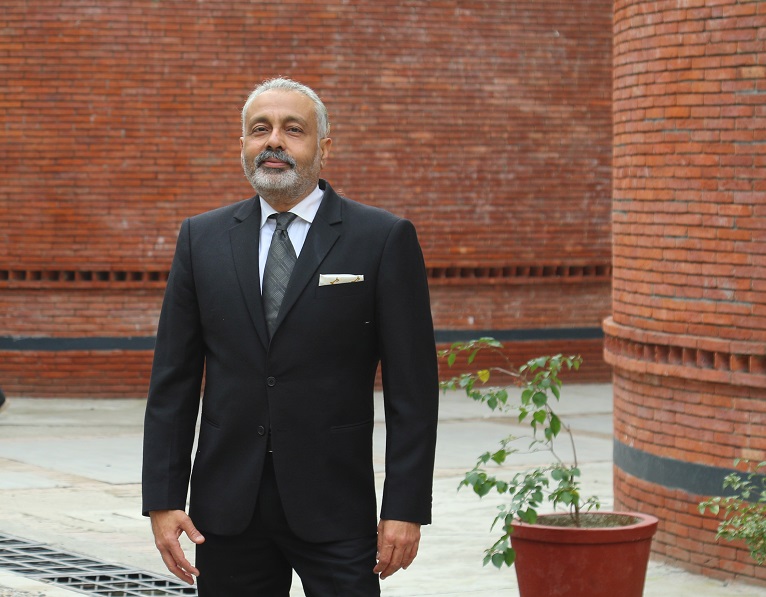Getting to Equal-Closing the Gender Gap through Education
Inequalities in access, completion, and quality plague India’s education system. Class, linguistic background, gender, ethnicity, and place of birth all influence children’s educational experiences in India. These, in turn, lead to knowledge inequalities in Indian society.
In a recent conversation, Anoop Bishnoi, Chairman of The Doon School Dehradun, Entrepreneur and Philanthropist, shared his views about how India’s education system escape can the vicious cycle of inequality and discrimination. He said, “The fact that India has a high tolerance for inequality and a fairly widespread belief that the poor, marginalized communities and PWDs are somehow responsible for their own situation is at the heart of the problem. As a result, teachers, government officials, communities, and parents frequently have low expectations of girls and children from marginalized communities, which are frequently internalized by students, creating an intergenerational cycle. Simultaneously, parents, teachers, and society as a whole tend to prioritize academic achievement over inclusion and equity agendas.”
The manifestations and causes of India’s unequal education system are well-known and understood. Concrete changes in legislative provisions, steps toward teacher sensitization and training, actions to improve government implementation, monitoring, and enforcement capacities (particularly at the middle levels of the education machinery), and increased educational financing are just a few of the steps that must be taken to address equity in education.
Anoop Bishnoi further adds, “There is an overarching need to change popular perceptions, to persuade citizens, parents, and policymakers alike that educational inequality is unacceptable and that equity is possible.”




Comments
Post a Comment